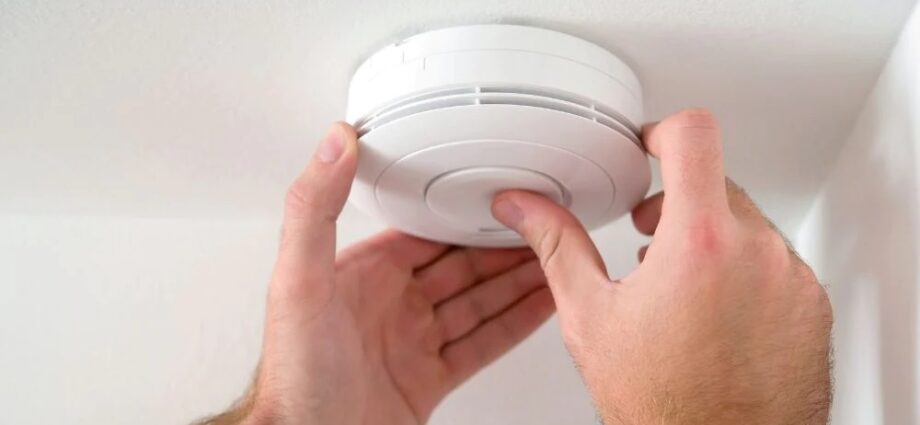Hello, young friends! Have you ever wondered how fire alarms work? You might have seen these small, round devices on the ceiling at your school, home, or other buildings. They’re very important because they help keep us safe from fires. But how do they know when there’s a fire? Let’s find out!
What is a Fire Alarm?
A fire alarm is a device that makes a loud noise when it senses smoke or heat. This loud noise is a signal to let everyone know that there may be a fire and it’s time to leave the building safely.
Check out Fire Signal Products here.
Different Parts of a Fire Alarm
Fire alarms may look simple from the outside, but they have several important parts inside them:
1. Smoke Detector:
This is the part that ‘smells’ the smoke. It can tell when there’s more smoke in the air than usual.
2. Heat Detector:
This part ‘feels’ the heat. It can tell when the temperature is higher than normal.
3. Alarm Sounding Device:
This is the part that makes the loud noise. When the smoke or heat detector senses a fire, it tells the alarm sounding device to start making noise.
4. Battery or Power Source:
This gives the fire alarm the energy it needs to work. Some fire alarms use batteries, while others are connected to the building’s electricity.
Now, let’s see how these parts work together to detect a fire!
How Does a Fire Alarm Detect Smoke?
The smoke detector in a fire alarm uses a special type of science called ‘photoelectric’ or ‘ionization’ technology. Don’t worry about these big words!
In simple terms, photoelectric technology works like this: There’s a tiny light inside the smoke detector, and a sensor that ‘watches’ this light. When smoke enters the detector, it blocks some of this light. The sensor ‘sees’ that the light has changed and tells the alarm to start making noise.
Ionization technology is a bit different but just as cool: It involves tiny bits called ‘ions.’ Normally, these ions move around freely inside the detector. But when smoke enters, it disrupts these ions. This disruption triggers the alarm.
How Does a Fire Alarm Detect Heat?
The heat detector in a fire alarm works by monitoring the temperature. If the temperature in the room gets too high or rises too quickly, the heat detector sends a signal to the alarm sounding device, causing it to make a loud noise.
What Happens When a Fire Alarm Goes Off?
When a fire alarm goes off, it makes a very loud noise. This noise is a signal that something might be wrong. It’s important to know what to do if you hear this noise:
1. Stay Calm:
It’s important not to panic. Staying calm will help you think clearly and act quickly.
2. Follow Your Fire Safety Plan:
Every home and school should have a fire safety plan. This plan will tell you the safest way to leave the building.
3. Call the Fire Department:
Once you’re safely outside, someone should call the fire department right away.
Conclusion
Fire alarms are amazing devices that help keep us safe. They use science to detect smoke and heat from fires before we might even notice them. Knowing how they work can help us understand why they’re so important. So, next time you see a fire alarm, you’ll know exactly what it’s doing up there on the ceiling!
Remember, fire alarms are only one part of staying safe in case of a fire. It’s also important to have a fire safety plan and to practice it regularly. And never play with fire – it’s very dangerous and can hurt you and others around you.
So, keep learning, stay curious, and stay safe, friends!

